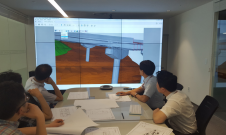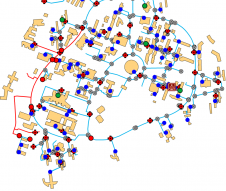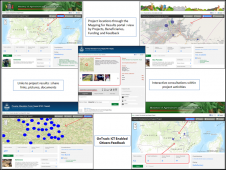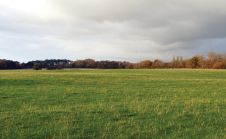Creating a Smart Nation: the Geospatial Approach
These five practical examples from Israel illustrate the role of governments, spatial data and technologies in developing a smart nation. The Fourth Industrial Revolution brings about new advancement ...












